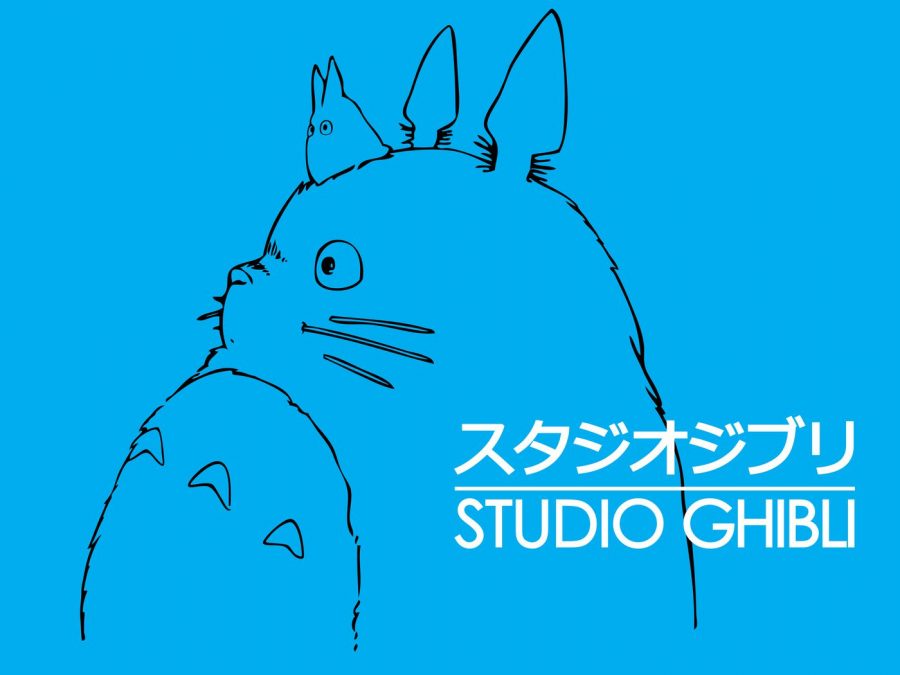Top 5 Studio Ghibli Movies
Dec 6, 2020
Studio Ghibli Inc. is an animated film studio based in Japan, known all over the world for their works. Responsible for classics like “My Neighbor Totoro” (1988) and “Spirited Away” (2001), Studio Ghibli is a part of the childhoods (and adulthoods) of many, including myself. The following are, in my opinion, their five best movies, ranked.
5. Pom Poko (1994)
Directed by Isao Takahata, “Pom Poko” tells the story of a group of tanuki, mythological Japanese raccoons, and their fight against the urbanization of their forest. The film combines elements of fantasy and realistic fiction to show the tanuki’s life and loss as their home is, slowly but surely, stolen away from them.
4. Laputa: Castle in the Sky (1986)
Directed by Hayao Miyazaki, “Laputa: Castle in the Sky” tells the story of Pazu, a boy living in the town of Slag Ravine, and Sheeta, a mysterious girl who fell from the sky and into Pazu’s arms. The two must race both soldiers and pirates to Laputa, a floating city in the sky, in order to uncover the mystery behind Sheeta’s origins. “Laputa: Castle in the Sky” is your classic adventure story, with both memorable characters and memorable storytelling.
3. Whisper of the Heart (1995)
Directed by both Yoshifumi Kondou and Hayao Miyazaki, “Whisper of the Heart” tells the story of Shizuku Tsukishima, a schoolgirl with an imagination and a penchant for writing. In this coming of age story, Shizuku must overcome trials of love, heartbreak, and change as she writes her first novel. The one and only Studio GHIBLI film directed by Kondou before his death, “Whisper of the Heart” is a tribute to the youth who are struggling to come to terms with adulthood.
2. The Tale of the Princess Kaguya (2013)
Directed by Isao Takahata and Riko Sakaguchi, “The Tale of the Princess Kaguya” is a retelling of the classic Japanese folk tale “The Tale of the Bamboo Cutter.” The film takes its audience through the events of the original work, portraying the comedy and tragedy at its heart through animation reminiscent of traditional Japanese paintings coming to life onscreen.
1. Only Yesterday (1991)
Directed by Isao Takahata, “Only Yesterday” tells the story of Taeko Okajima, an office worker in Tokyo who visits the countryside to harvest safflower. The film follows Taeko and her memories, as she recalls the highs and lows of her childhood during her stay. As the film progresses, Taeko begins to question if her life in Tokyo is everything her younger self had really wanted.




